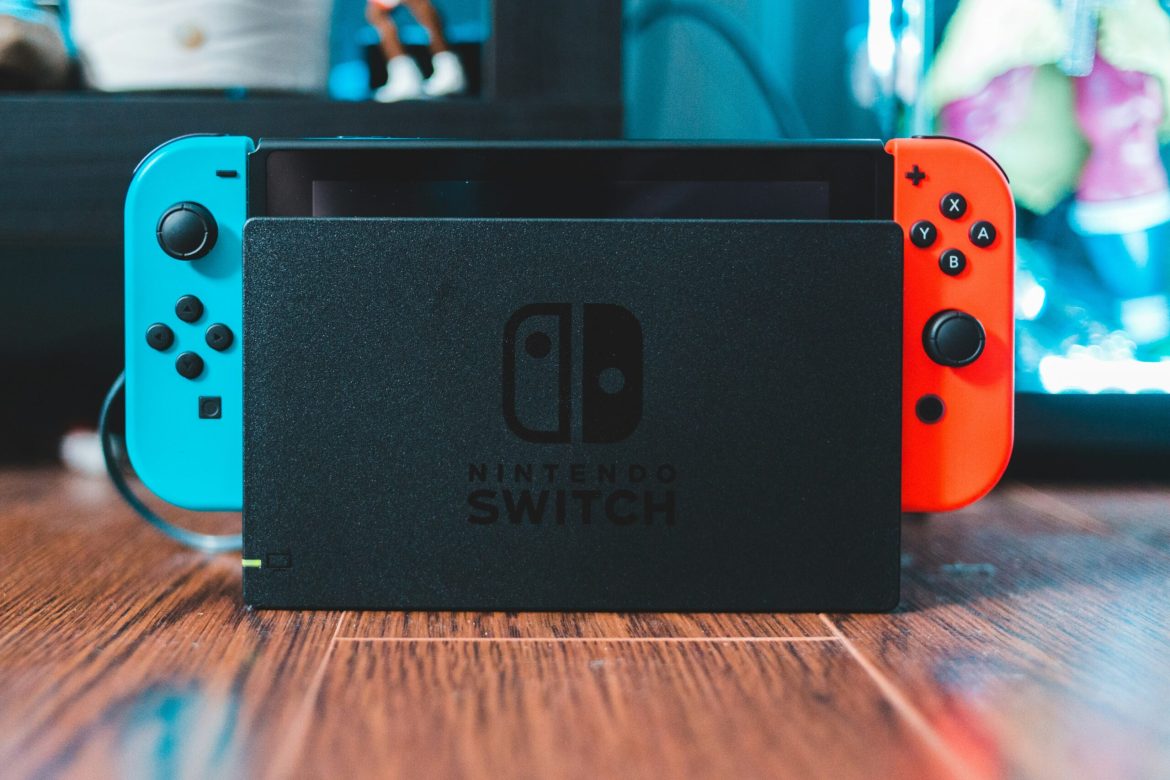Nintendo’s recent announcement about the upcoming successor to its popular Switch console is sparking excitement among both users and investors.
In a move to encourage its existing fanbase to embrace the new device, the gaming giant revealed that current Switch games will be playable on the next-generation console.
This compatibility will allow Nintendo’s massive user base to seamlessly transition to the new device, providing access to an established library of games from launch day.
Following the announcement, Nintendo’s stock surged by 5.8% in Tokyo on Wednesday, as investors interpreted this strategic choice as a signal that the company is taking a calculated, less experimental approach to its next hardware release.
Backward compatibility appeals to users and investors alike
Backward compatibility with existing Switch games not only enhances the value proposition of Nintendo’s next console but also addresses a key challenge that console makers face at launch: the initial scarcity of games.
When new consoles first enter the market, they typically lack a robust selection of titles, which can deter potential buyers.
By making its existing game catalogue available on the new device, Nintendo is positioning the next-generation console to immediately offer diverse gaming options.
This move also reassures current Switch owners who may otherwise hesitate to buy new games.
With assurance that their purchases will remain usable on the upgraded device, users can continue investing in Nintendo games without concerns about compatibility, thus helping to sustain revenue from game sales during this transition period.
Nintendo’s evolution strategy reassures investors
The decision to maintain backward compatibility indicates a strategic evolution for Nintendo, which has historically embraced innovation with each new console generation.
With the Switch successor, Nintendo appears to be aligning with a model more akin to Apple’s approach with the iPhone – refining and expanding on an existing product rather than overhauling it entirely.
This continuity is being seen by some investors as a safer bet, with less risk associated with developing an entirely new platform.
Serkan Toto, CEO of Tokyo-based games consultancy Kantan Games, noted that investors view Nintendo’s decision as a sign that the company’s next console is less of a “risky experiment” and more of a continuation of its winning formula.
This approach not only aligns with Nintendo’s financial goals but also builds consumer trust, as the familiar ecosystem reduces the learning curve for players transitioning to the new console.
Demand for the Switch fades as the market anticipates the new console
Although the Switch remains Nintendo’s second-best selling console, only surpassed by the Nintendo DS, demand has naturally started to wane since its initial launch in 2017.
Nintendo addressed this dip by releasing high-profile games and diversifying into media projects, including blockbuster franchises such as Zelda and Pokémon and even forays into the film industry.
Despite these efforts, market interest in the Switch itself has begun to fade, leaving Nintendo’s upcoming console as a timely new focus for the brand.
Investors have been eagerly awaiting details on Nintendo’s next device, which the company intends to launch before the end of its fiscal year in March 2025.
With the market keenly watching, Nintendo’s announcement is a strategic step toward capturing both new players and existing users ready to upgrade.
Building on the Switch’s legacy with user-friendly features
Nintendo’s decision to ensure backward compatibility also reflects an awareness of consumer expectations, particularly for families and younger players who have grown accustomed to the Switch’s accessible design and extensive game library.
By enabling these players to bring their favourite games into the new console era, Nintendo reinforces its commitment to player satisfaction while capitalising on its current user base, which includes a significant number of casual gamers.
Moreover, with the Switch being nearly eight years old, the introduction of a new console is set to invigorate the brand’s growth.
Providing continuity for users transitioning from the Switch also suggests that Nintendo is leaning toward a sustainable approach to hardware development, one that caters to both loyal users and newcomers without discarding the successes of its previous models.
Nintendo eyes a steady transition to its next console era
As Nintendo gears up to announce its next-gen console, the company is setting the stage for a smooth transition for its loyal user base.
With backward compatibility and a user-friendly design, Nintendo is seeking to retain players who have enjoyed the Switch while offering a fresh yet familiar experience on the new device.
The strategic move signals a potentially promising fiscal year ahead, especially as Nintendo anticipates robust sales through a combination of its established titles and new offerings tailored for the console’s launch.
In the competitive console market, where innovation must be balanced with stability, Nintendo’s approach could serve as a model for other gaming giants looking to retain user loyalty through incremental, user-oriented improvements.
By fostering continuity, Nintendo is poised to secure its position in the market as it steps into the next phase of its hardware evolution.
The post Nintendo stock jumps 6% on Switch successor’s backward compatibility promise appeared first on Invezz

